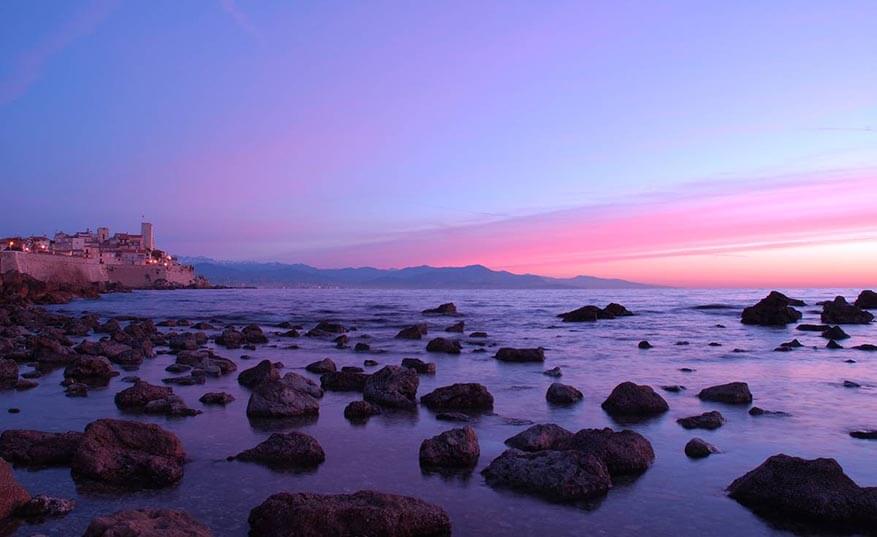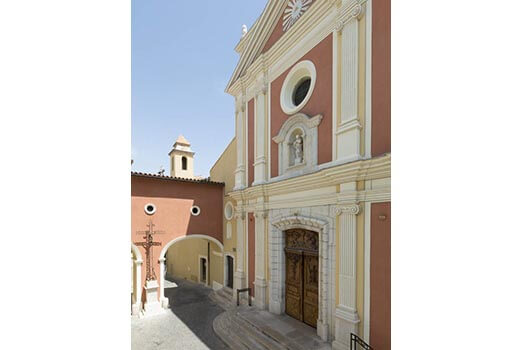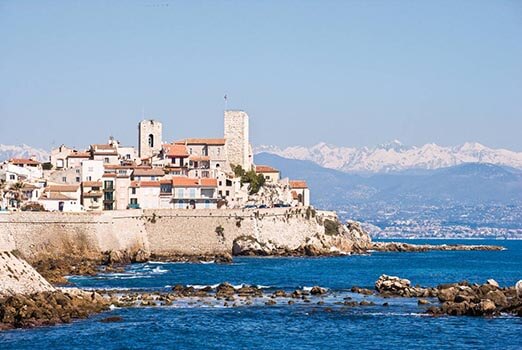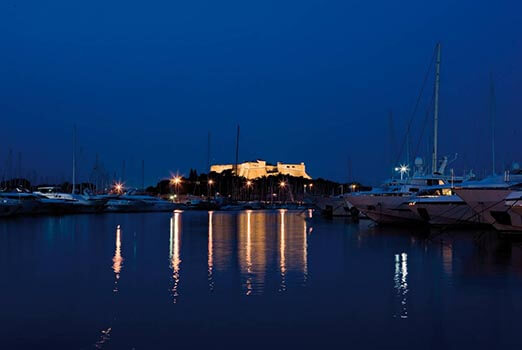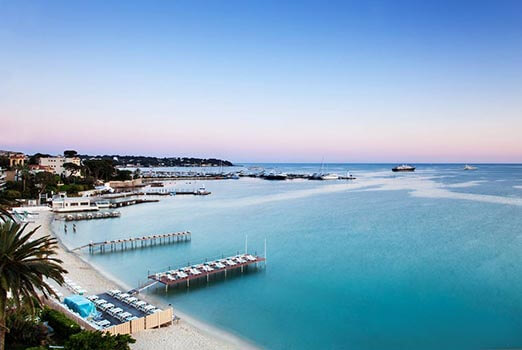Antibes Juan-les-Pins is a city of many facets: it is modern, although it has an ancient history where the sun plays with the Mediterranean waters for more than 300 days a year.
The historic center of Antibes is one of those fascinating places where every street corner tells a magnificent story. To really visit and enjoy the historic center, you need to “waste” a little time: strolling placidly through the streets, observing the details of the facades of the buildings and doors, feeling the scent of flowers, having a drink in the sun of a terrace or eat an artisan ice cream … then turn the corner and see the sea, which will only enhance the whiteness of the stones.
From Porte Marine, go up the rampe des saleurs and enter the historic center from one of the narrow streets on the right (rue de l’horloge or rue du Saint Esprit) letting yourself be guided by fate and raising your eyes to go through the crossings and proceed following instinct to the cathedral. From there, go up the stairs to discover the Grimaldi castle which houses the Picasso Museum and the beautiful view of the sea (Montée Dor de la Souchère). The palace, which in the Middle Ages (from 442 to 1385) was the residence of the bishops, was inhabited starting from 1385 by the Monegasque family to whom it owes its name. After becoming the first residence of the king’s governor and then, starting from 1792, the seat of the town hall, the building was transformed into a barracks in 1820. In 1925, the castle was purchased by the city of Antibes and became the first studio of Pablo Picasso and then Picasso museum.
Then, in Antibes cross place Mariejol and take rue du bateau and then rue Barques en Cannes to the washhouse to find the faces hidden in the wall. Enter the Commune libre du Safranier which is located between rue de la Tourraque and rue du Haut Castelet. Right here there are several ateliers of artists, including the house where Níkos Kazantzákis lived, and villa Fontaine.
